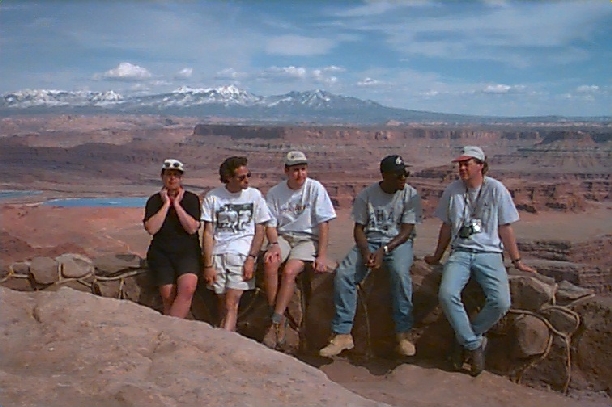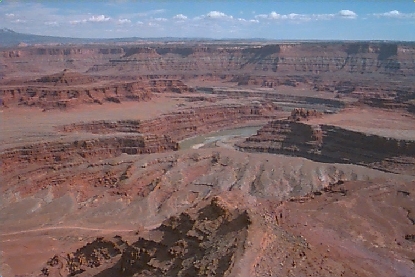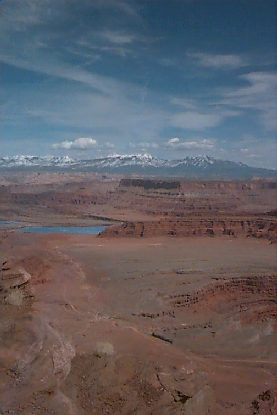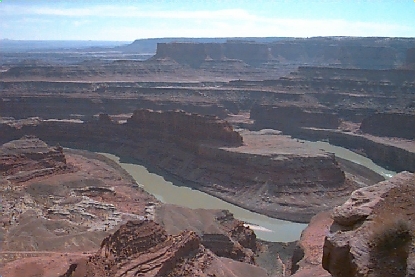Heriot-Watt / Stanford Field Trip in Utah to Study Reservoir Analogs in South East Utah


Sorry the group picture doesn't exist... waiting for the one from Scotland ...



Sorry the group picture doesn't exist... waiting for the one from Scotland ...

Over 7 days, the group examined the architecture of major shallow marine, incised valley, fluvial and aeolian clastic reservoir analogues, as well as structural and diagenetic features likely to influence reservoir performance. In a series of team-based exercises, mixing universities and disciplines, the reservoir-scale outcrops were used to provide input for reservoir modelling and flow simulation studies. Using laptop computers with geostatistical modeling and flow simulation software, it was possible to examine the impact of different modelling and simulation strategies on the performance of various reservoir intervals.
For the Heriot-Watt group, led by Drs. Tim Good and Pat Corbett, the field course forms an integral part of the Reservoir Evaluation and Management MSc course and builds on a number of field-based research projects that have been operating in Utah since 1992. For the Stanford students, led by Prof. Clayton Deutsch, the course complimented their Masters and PhD studies, and provided an opportunity examine the nature of heterogeneities that need to be captured in models of different reservoir types.

|
|
|
|
|
|
|
|
|

Dead Horse Point




| People | Day 1 | Day 2 | Day 3 | Day 4 | Day 5 | Day 6 | Day 7 | Day Off |

You are the visitor number:

Please report any problems or suggestions to
nogaret@pangea.stanford.edu
Last Updated April 4, 1996